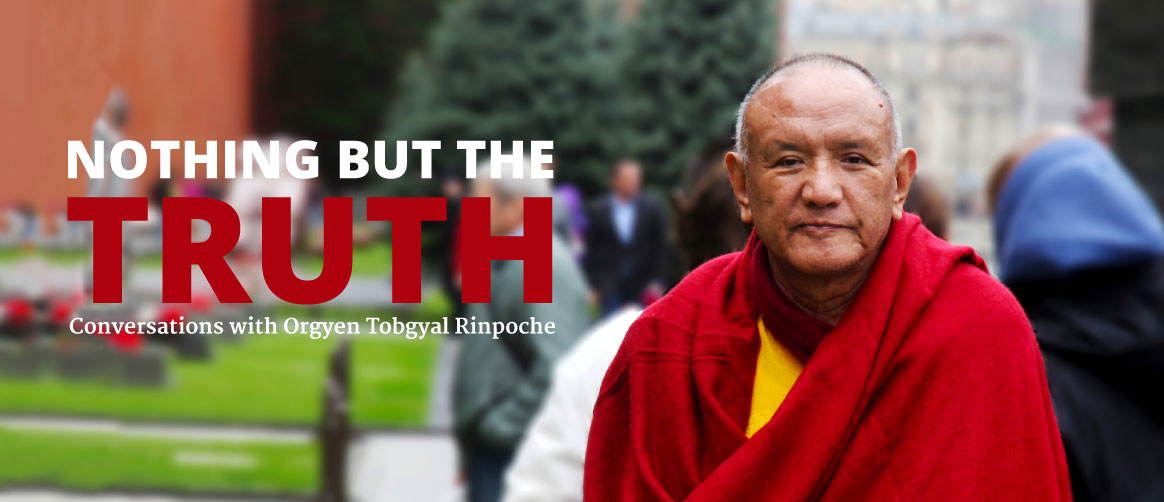Mantra Recitation
One sunny, summer morning in Lerab Ling, Rinpoche – who was, as always, intent on remaining absolutely faithful to the practice methods of the great masters of the past – read the prescribed section of the Drupchen Digest that’s traditionally recited during a drupchen. A Drupchen Digest is a compilation of quotations that have been gathered and categorized according to where they should be read during the ritual practice; and its purpose is to inspire participants at different stages of the practice.
